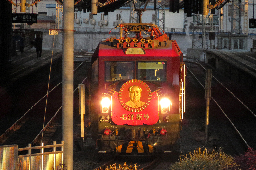

They almost reopened the mine in Asbestos, the Quebec Liberal Party had a deal all ready to reopen it with government money in an attempt to appeal to blue-collar workers. But the Parti Quebecois (the socdem party) won the election before they could implement it and diverted the money to economic diversification programs.








I usually try and solo bosses becuase I’m a Soulsborne pervert. But I was fighting Rellana last night and got her down to like 1% before dying. I wanted to go to bed, so I got the summon and used a Mimic Tear to just finish the fight.
The three-way curb stomping we did to her was … horrifying, like I was ashamed at how easily and completely we humiliated her. I felt so guilty that I betrayed the git gud lifestyle that I’m beelining to Elden Beast and NG++ today so I can do the fight properly.